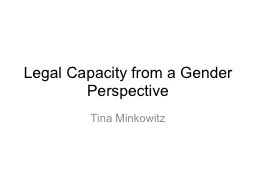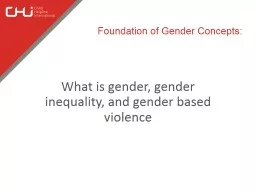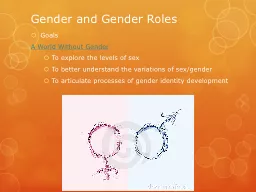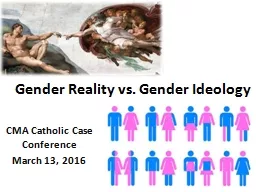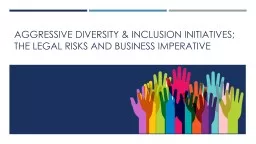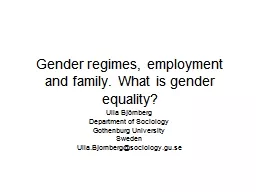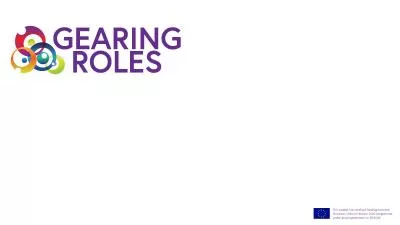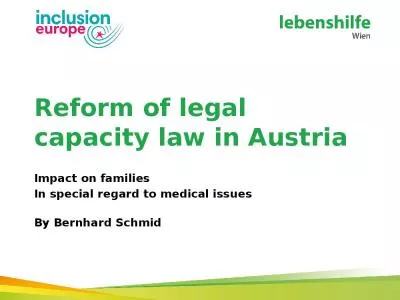PPT-Legal Capacity from a Gender Perspective
Author : kittie-lecroy | Published Date : 2016-10-14
Tina Minkowitz Overview Uniform standard and meaning of legal capacity Feminist values and inspiration Autonomy and relationships Making violations visible Women
Presentation Embed Code
Download Presentation
Download Presentation The PPT/PDF document "Legal Capacity from a Gender Perspective" is the property of its rightful owner. Permission is granted to download and print the materials on this website for personal, non-commercial use only, and to display it on your personal computer provided you do not modify the materials and that you retain all copyright notices contained in the materials. By downloading content from our website, you accept the terms of this agreement.
Legal Capacity from a Gender Perspective: Transcript
Download Rules Of Document
"Legal Capacity from a Gender Perspective"The content belongs to its owner. You may download and print it for personal use, without modification, and keep all copyright notices. By downloading, you agree to these terms.
Related Documents

